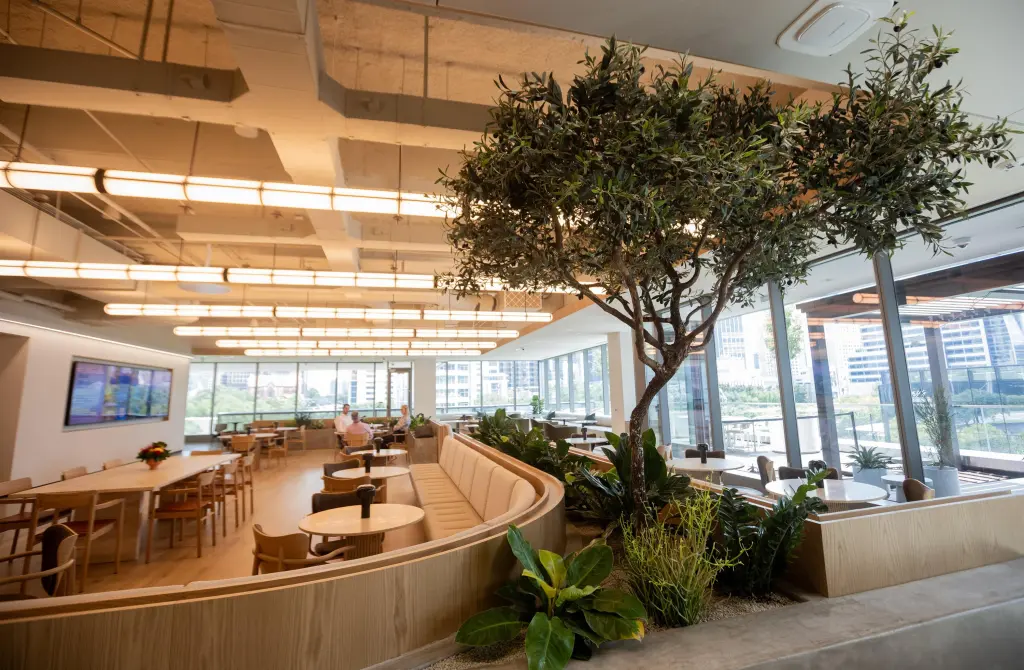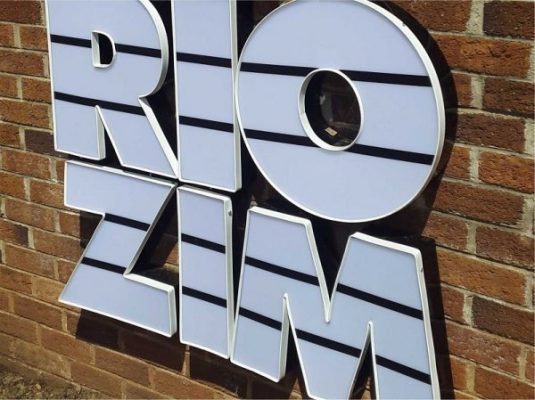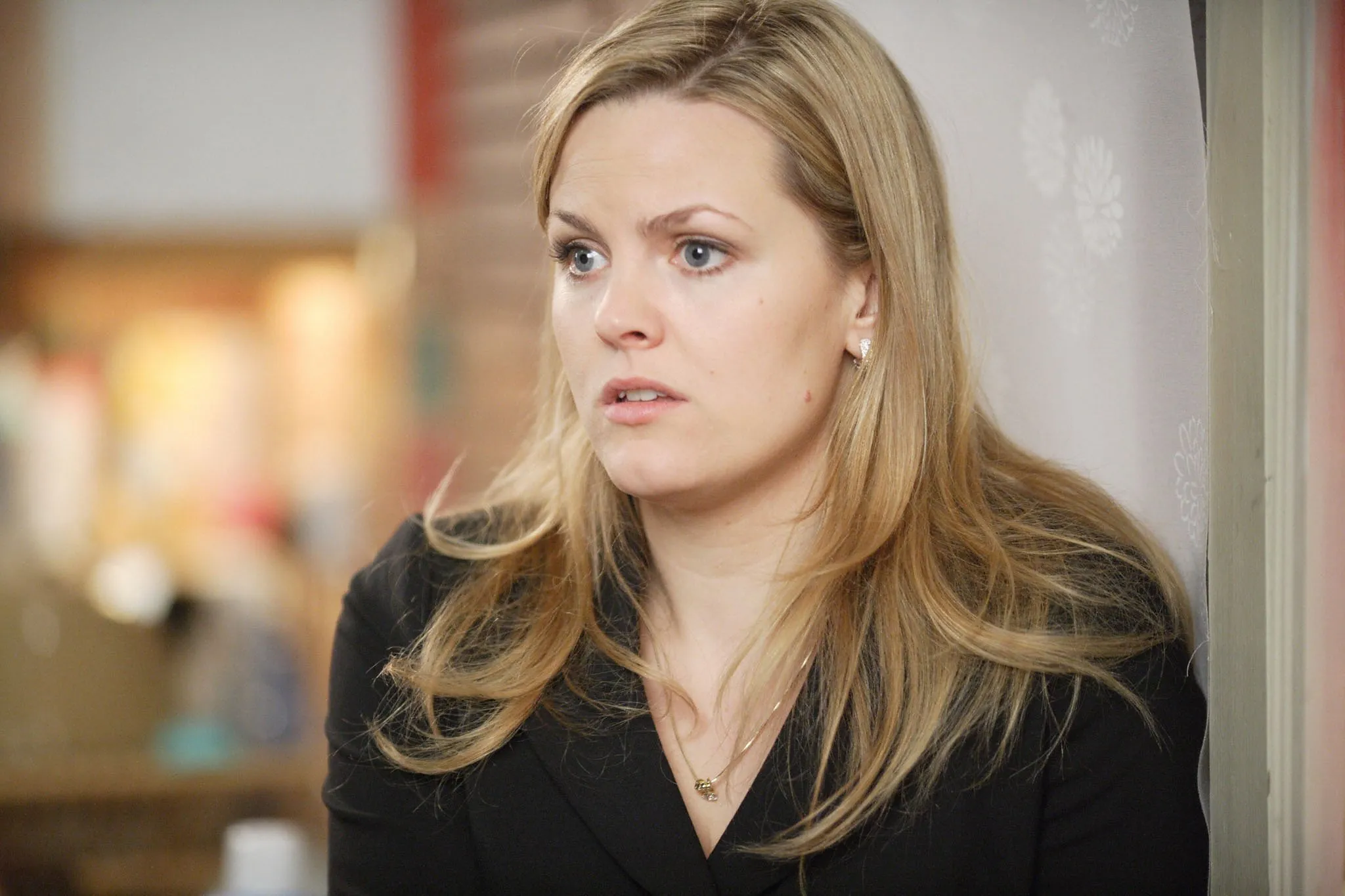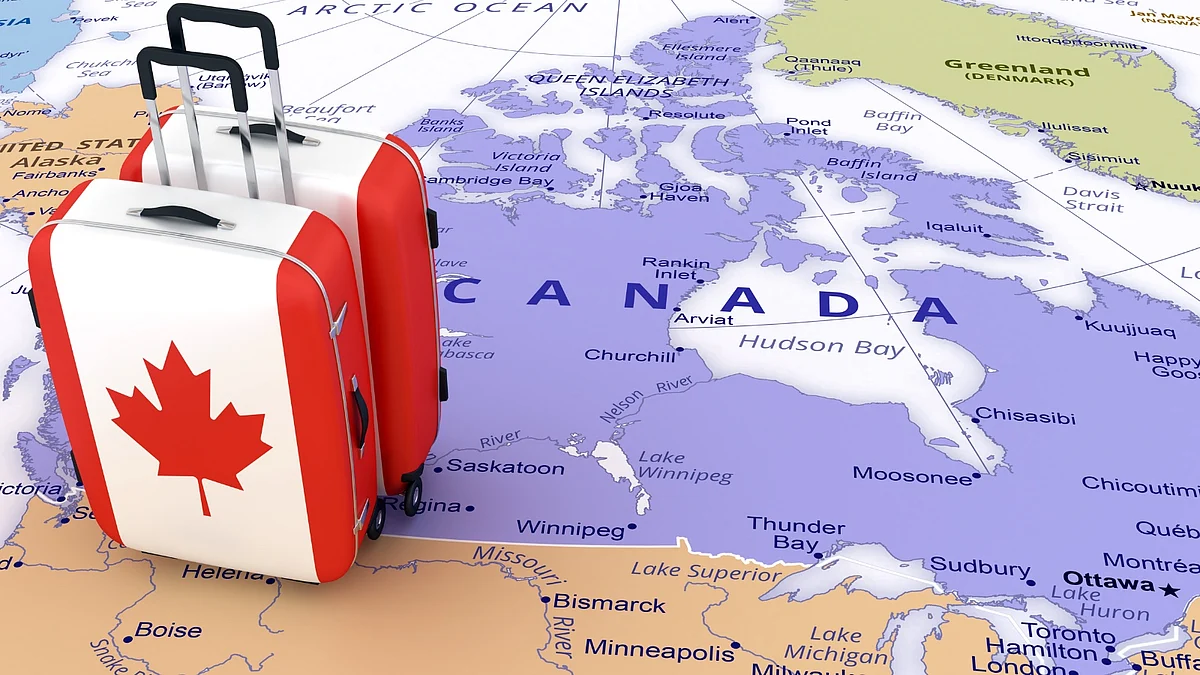
By Ramzi Abou Ghalioum, The Dallas Morning News
Nestled in its Dallas, commercial real estate brokerage CBRE is among the 500 most valuable publicly traded companies in the world, outpacing the likes of Ford, Kroger and Hershey.
It’s come a long way from the doldrums of the Great Recession, when it ended 2008 with a $1.13 billion market cap, its lowest valuation since it went public four years earlier.
At the time, the lion’s share of its revenue stemmed from transactional businesses, which included property sales, leasing, mortgage origination and development fees.
The company has since diversified its holdings, tapping the many verticals of the real estate industry to shield itself from economic downturns.
CBRE calls these ventures “resilient businesses,” which include facilities management, project management, loan servicing, valuations, property management and recurring investment management fees.
Ideally, these ventures would be agnostic to the vagaries of economic ups and downs, rooted in services that are always in need.
“When we talk about resilience today, what we mean is one of two things: either cyclically, it performs independent of the traditional real estate cycle … or it’s a business that has secular tailwinds,” said Bob Sulentic, who assumed the mantle of CEO with CBRE in 2012.
With Sulentic at the helm, the company has executed on its vision to diversify its revenue streams by tapping myriad commercial real estate verticals.
“It’s important to note that, when I came into the company, we already had some important revenue streams. We were already a big manager of buildings, and we already had a decent-sized project management business. With Trammell Crow, we had a decent-sized development business,” Sulentic said. “But they were smaller relative to where they are today.”
At the end of the third quarter, CBRE’s market cap sat at $46.55 billion, a growth of more than 40 times since it hit those Great Recession lows.
Building resilience
The share of CBRE’s earnings from resilient businesses has nearly doubled in just over a decade. In 2012, resilient businesses made up 32% of the company’s earnings; today, they represent about 60% to 62%.
“If you went back a little over a decade, [resilient revenue] was 32%. Now it’s almost double,” Sulentic said. “It’s not because we de-emphasized brokerage or development, it’s because we built the other parts of the business so substantially.”
According to financial documents published by the company, sales and leasing revenue has ramped up from just below $3 billion in 2012 to over $6 billion in 2025.
Those transactional services, however, have given way to resilient business ventures making up the greatest portion of its revenue.
Since 2012, CBRE has bolstered its resilient business ventures with 118 acquisitions, deploying $5.3 billion in capital, fortifying its existing market footprint in various regions.
It also made several strategic acquisitions, including Norland Managed Services, which became the foundation of its local facilities management operations. The acquisition of Global Workplace Solutions from Johnson Controls significantly ramped up CBRE’s facilities management capabilities.
It also acquired a majority stake in Turner & Townsend, a global project management firm that added infrastructure capabilities to CBRE’s line of real estate verticals.
It also more recently acquired Direct Line Global to strengthen its data center management services, J&J Worldwide to bolster federal government and Department of Defense facilities management and Industrious, a leading flexible workplace operator.
Guiding vision
The company’s growth beyond transactional services was facilitated within what Sulentic refers to as a disciplined framework of strategy, operations and finance.
Instead of making arbitrary decisions, he argued, the so-called SOF framework helps ensure the company’s resilient business ventures will succeed.
“We’re forever thinking about our strategy. Is it consistent with our right to win?” Sulentic said.
In business, “right to win” refers to a company’s ability to beat rivals within its sector because of its strategic positioning or other competitive advantages it may have.
Sulentic outlined four dimensions of diversification, including asset types, service types, client types and geography.
Sulentic reasoned that CBRE’s right to win across these dimensions is because of its position as an industry leader in many of its markets.
“When you have this strategy of pushing into areas of secular benefit, you’re pushing into areas where you already exist, you can build on something, a platform that’s already there,” he said.
For example, he said the company pursued asset classes such as infrastructure and industrial warehouses because they were defined by secular tailwinds.
“Today, obviously, data centers have secular tailwinds,” Sulentic said.
Operationally, he said CBRE constantly pushes to improve its talent pool along with its operational efficiency when it comes to both costs and day-to-day business operations.
The company deliberately broadened its leadership pool to include talent from across industries and geographies.
“What are the odds that all of our best talent was just here in the United States? What are the odds that all of the best talent to help lead this business came right from inside?” Sulentic said. “Our CFO came from Verizon. Our CEO of advisory started as a broker in India. Our global head of research started in Taiwan. Our head of leasing started in India. Our head of people started in the U.K.”
He argued that the company’s broad leadership pool brings in leaders with diverse problem-solving approaches, making the company more adaptable and innovative.
Finally, he said CBRE leverages its financial resources to maintain a strong balance sheet and use that balance sheet to advance its strategies.
That resulted in the company enjoying better investor confidence.
“We’ve declared what we were going to do, and we did it. We’ve been consistent in talking to the market about what our strategy is and what we’re trying to get done with this company, and we’ve delivered,” Sulentic said. “When you deliver on that, people are confident that, when we go out and give our earnings report next quarter and say where we’re headed, they’re going to be confident that we’re going to do that, because that track record has been there.”
Sulentic acknowledged that running a company of CBRE’s size requires constant vigilance.
Looking ahead, Sulentic said CBRE’s strategy is designed to guide the company through leadership changes as well as market cycles.
“It’s a big, broad business,” he said. “You’ve got to forever be on top of keeping it really good. You can’t be complacent.”
©2025 The Dallas Morning News. Distributed by Tribune Content Agency, LLC.



